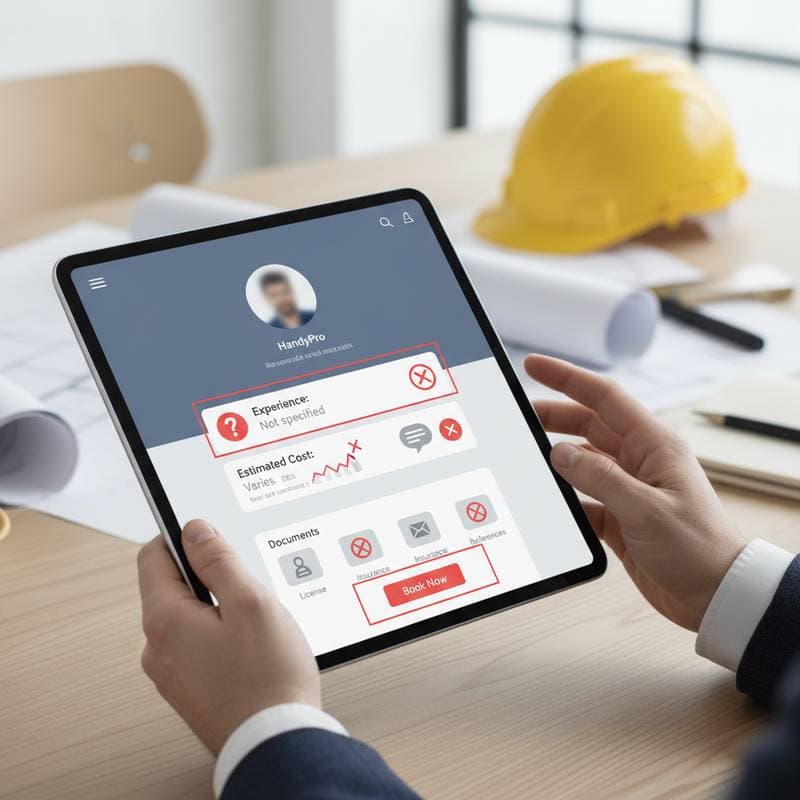2025 Bathroom Remodel: What $15,000 Really Delivers
Homeowners often envision a dream bathroom that offers serene mornings, soft illumination, and a sense of cleanliness and comfort. With a $15,000 budget, achieving such a space requires strategic planning. This guide examines realistic outcomes, allocation strategies, and key investments that enhance daily functionality and aesthetics.
Assessing the Starting Point: Common Challenges in Older Bathrooms
Many bathrooms suffer from visible wear over time. Grout darkens between tiles, and bathtubs develop cracks with faded enamel. Inconsistent lighting creates glare in some areas and dim spots in others, while vanities may feature misaligned doors and inadequate storage.
These issues compromise usability and enjoyment. Outdated finishes and inefficient layouts highlight the need for updates. Addressing them transforms routine tasks into pleasant experiences.
Allocating the Budget Effectively
A $15,000 budget covers essential updates without excess. Understanding cost distributions prevents overruns and ensures balanced improvements.
Detailed Cost Breakdown
- Labor Costs: $6,000 to $7,000, accounting for approximately half the total, including demolition, installation, and finishing work.
- Fixtures and Fittings: $2,500 to $3,000, encompassing faucets, showerheads, toilets, and vanities selected for durability and style.
- Tile and Flooring Materials: $1,500 to $2,000, focusing on water-resistant options like porcelain tiles or vinyl plank flooring for longevity.
- Lighting and Electrical Upgrades: $800 to $1,200, incorporating LED fixtures, dimmers, and updated wiring for safety and ambiance.
- Paint, Trim, and Finishing Touches: $400 to $600, using moisture-resistant paints and moldings to complete the look.
- Contingency Reserve: $1,000, set aside for unforeseen issues such as plumbing adjustments or minor structural fixes.
This allocation prioritizes both visible enhancements and behind-the-scenes reliability.
Enhancing Storage for Everyday Efficiency
In shared bathrooms, organization prevents chaos. Practical storage solutions integrate seamlessly and reduce frustration.
- Recessed Medicine Cabinets: These built-in units maximize wall space without encroaching on counters.
- Pull-Out Vanity Drawers: Custom dividers inside keep essentials like brushes and lotions accessible and contained.
- Floating Shelves Above the Toilet: Install them at eye level to store towels and decor items neatly.
- Over-the-Door Organizers: Use fabric pockets or hooks for robes and linens, avoiding permanent alterations.
Such features streamline routines, turning a cluttered area into an orderly retreat.
Realizing Long-Term Benefits
Beyond initial costs, a remodel yields intangible rewards. Improved layouts facilitate smoother mornings, with dedicated spaces for grooming tools and mirrors accommodating multiple users.
Effective ventilation clears moisture quickly, preserving air quality. The result is a room that integrates with the home's overall design, boosting personal satisfaction and potential market value.
Homeowners report greater pride in their spaces, making them welcoming rather than overlooked.
Recognizing Limitations and Upgrade Opportunities
A $15,000 investment suits standard renovations but may fall short for extensive projects. Replacing outdated plumbing or addressing foundation issues demands additional funds, as do premium selections like natural stone surfaces or artisanal tiles.
However, mid-level choices often achieve comparable elegance. Focus on versatile materials that blend form and function without excess expenditure.
Pitfalls to Sidestep During Planning
Even well-intentioned projects encounter hurdles. Awareness of these helps maintain quality.
- Overlooking Waterproofing Measures: Ensure all shower enclosures and floors receive proper sealing to prevent water damage.
- Prioritizing Aesthetics Over Utility: Select fixtures that perform reliably; a visually striking but inefficient model leads to ongoing issues.
- Underestimating Ventilation Needs: Install a low-noise fan rated for the room's size to combat mold and extend material life.
- Poor Outlet Positioning: Place GFCI-protected outlets strategically near sinks for safe, convenient device use.
- Inappropriate Lighting Choices: Opt for warm-toned bulbs (around 2700K) to create inviting atmospheres rather than stark ones.
Addressing these ensures the final result aligns with practical demands.
Sustaining Your Updated Space
After completion, routine care preserves the investment. Apply grout sealer yearly and wipe surfaces with gentle, non-abrasive cleaners.
Monitor humidity levels through consistent fan operation. These habits extend the lifespan of tiles, countertops, and hardware.
For resale considerations, such updates appeal to buyers seeking move-in-ready efficiency. Regardless of future plans, the enhanced daily comfort justifies the effort.
Planning Your Project Forward
Begin by documenting specific pain points in your current bathroom. Rank them by impact on routine use, then incorporate visual elements that complement your style.
Collect reference images from reliable sources and solicit bids from licensed professionals. Inquire about cost-saving tactics and areas warranting extra investment.
Ultimately, a $15,000 remodel demonstrates that intentional design creates enduring value, blending modernity with personal relevance.



